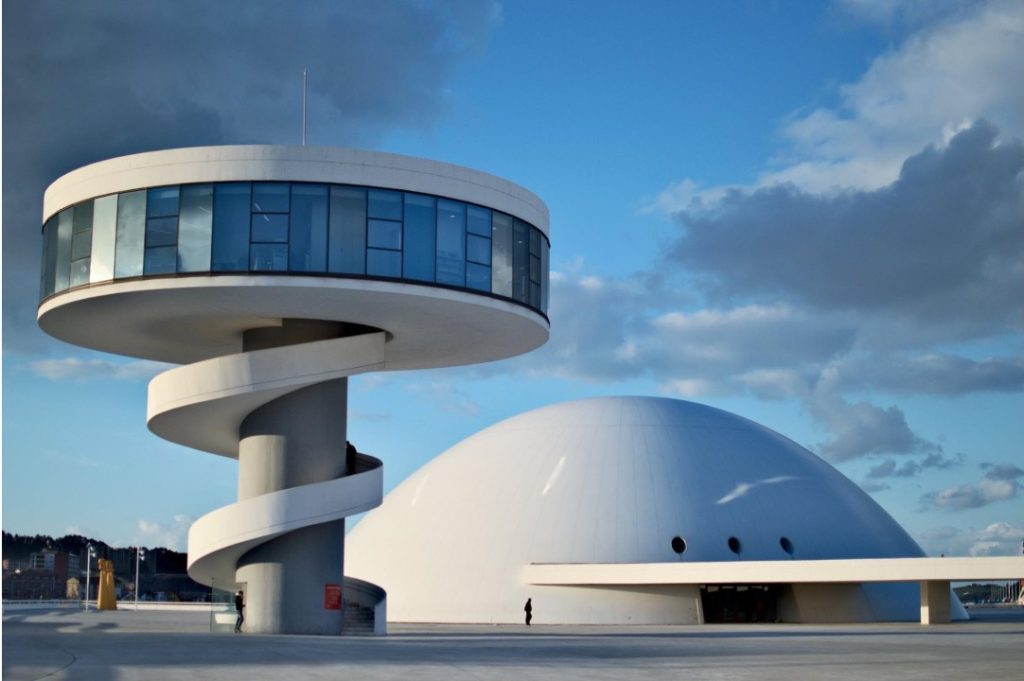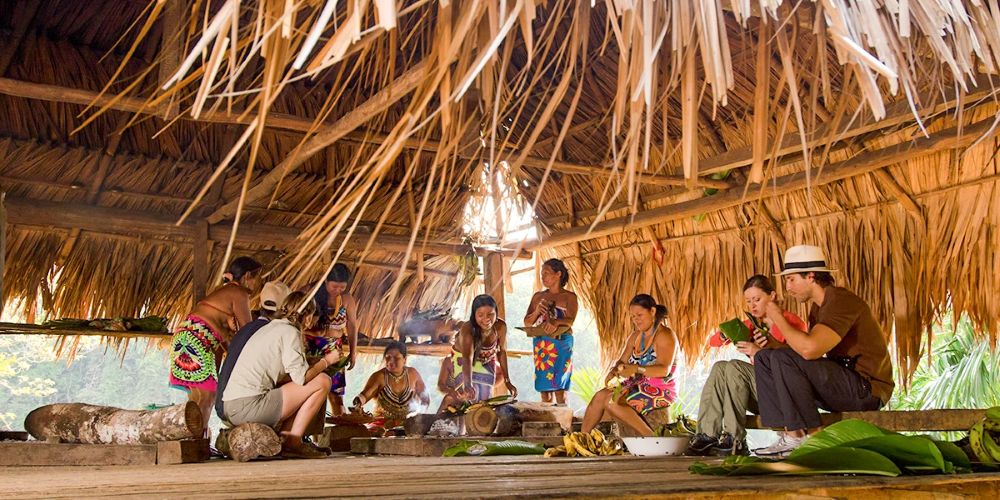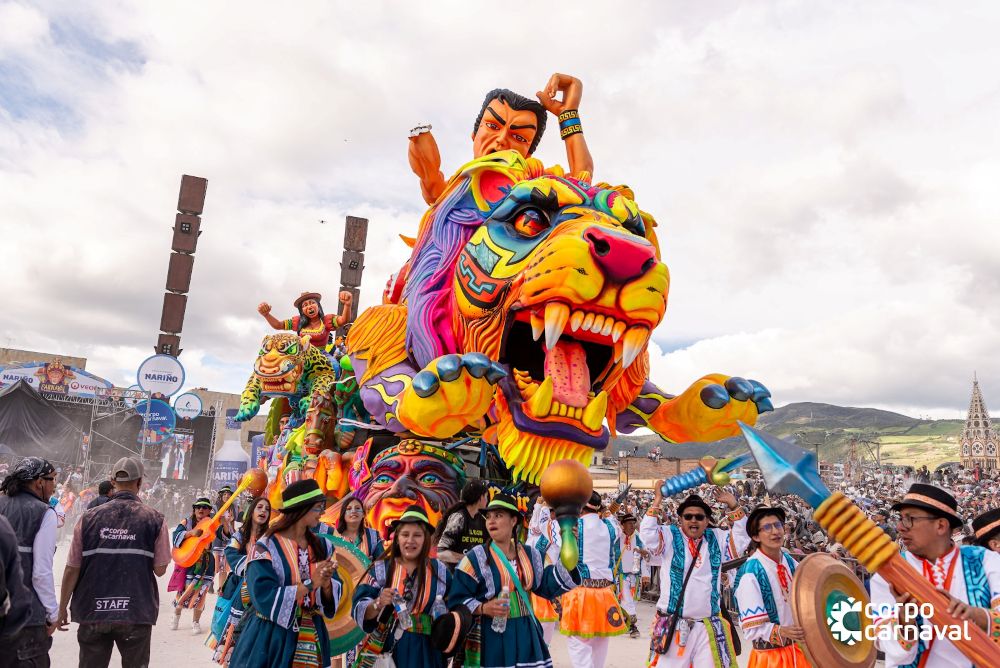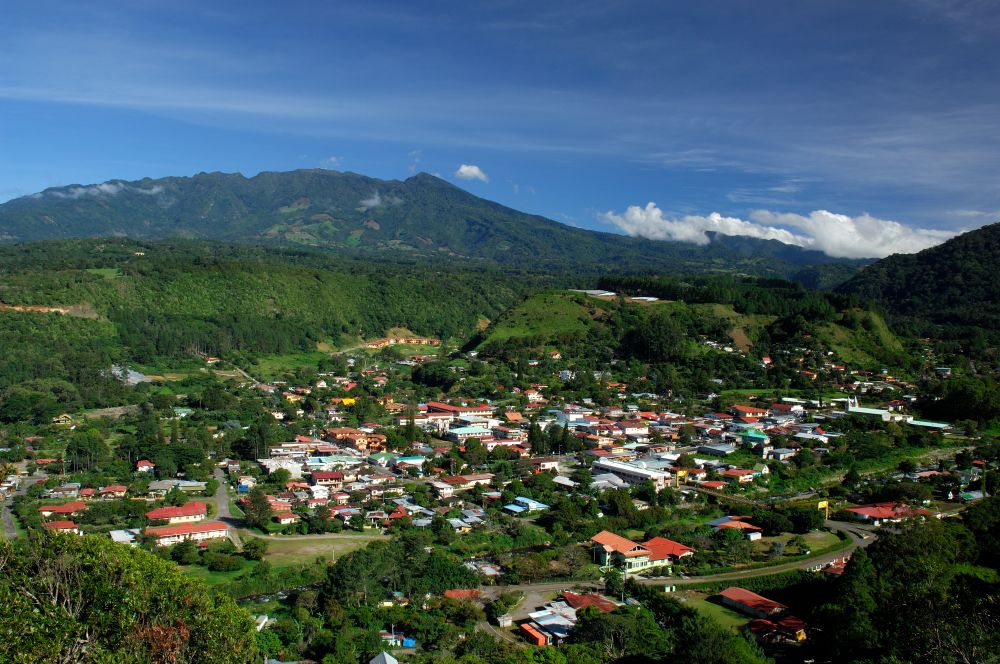Born in Rio de Janeiro in 1907, Oscar Niemeyer never stopped seeing architecture as a way of life, a way to dream. Until his death in 2012, he shaped space with almost insolent freedom, bending concrete as others wield a pen. His work, vast, daring, redefined the visual identity of modern Brazil and left its mark far beyond its borders. Winner of the Pritzker Prize in 1988, Niemeyer consistently championed an architecture made for people, for emotion, for beauty. Here’s a look back at some of his most iconic creations.
Brasília: The Dream Made City
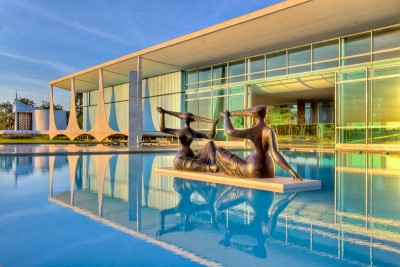
Perhaps the work that best encapsulates his genius. Conceived alongside urban planner Lúcio Costa, Brasília rose in the heart of Brazil as a promise of the future. Built from scratch in the 1960s, it is anything but ordinary: cathedrals appear to float, ministries defy straight lines, and every building tells the story of a country striving to reinvent itself. A modernist utopia in service of democracy.
The MAC in Niterói: A UFO Above the Bay
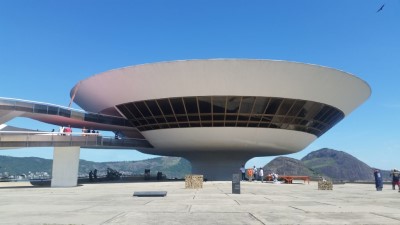
It’s impossible to forget the Museum of Contemporary Art in Niterói. With its futuristic silhouette hovering above Guanabara Bay, it seems to have landed there by magic. This white, curving saucer engages in a dialogue with the sky, the sea, the mountains, and its visitors. A work of art in its own right, placing architecture on par with poetry.
The Sambadrome: When Architecture Celebrates the People
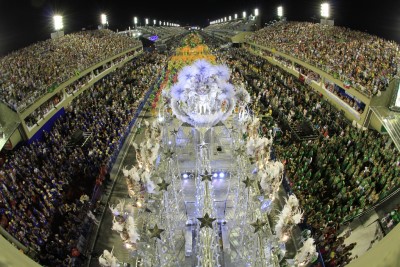
In Rio de Janeiro, Niemeyer imagined the Sambadrome to the rhythm of drums and feathers. A 700-meter-long avenue dedicated to Carnival, flanked by stands where the colors, bodies, and voices of the Brazilian people come alive every year. More than a venue a stage for joy, designed to exalt popular identity.
Our article: Rio Carnival, Samba and splendour
Ibirapuera Park: A Breath in the Heart of São Paulo
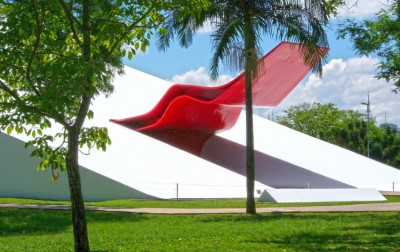
Amid the hustle of São Paulo, Ibirapuera Park is a moment of pause. Niemeyer’s pavilions here do not seek to dominate, but to accompany. Concrete becomes light, curves become welcoming. A space for culture, breath, and connection, where architecture steps aside to highlight the life around it.
Our article: São Paulo, Metropolis of Contrasts and Cultural Capital of Brazil
The Cultural Complex of the Republic: Art for All
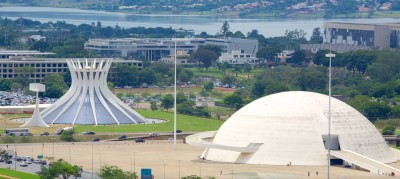
Back to Brasília. Here, Niemeyer imagined a striking architectural duo: the National Museum and the National Library. Two white, minimalist volumes, open to the city, designed to foster access to knowledge, curiosity, and emotion. For Niemeyer, architecture should never be elitist, it should uplift without excluding.
Oscar Niemeyer often said: “I am not attracted to straight angles or to the straight line, hard and inflexible, created by man.” He preferred the freedom of a curve, the surge of movement, the sensuality of a gesture. His work speaks of all that, and much more. From Milan to Algiers, from Avilés to New York, his buildings still whisper of utopia, justice, and beauty. They speak of a man who believed the world could be better, and that architecture had a role to play in that pursuit.
Photos : D.R.

